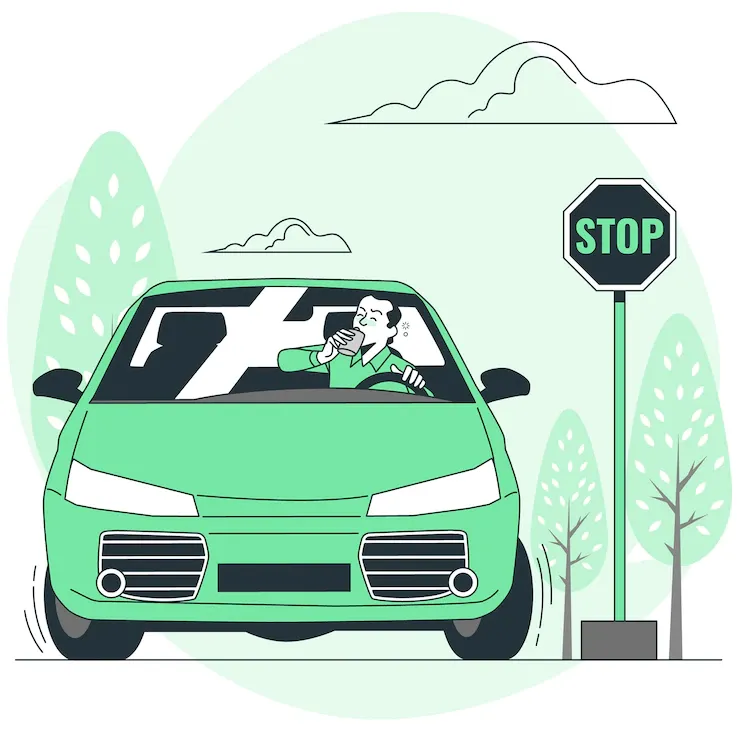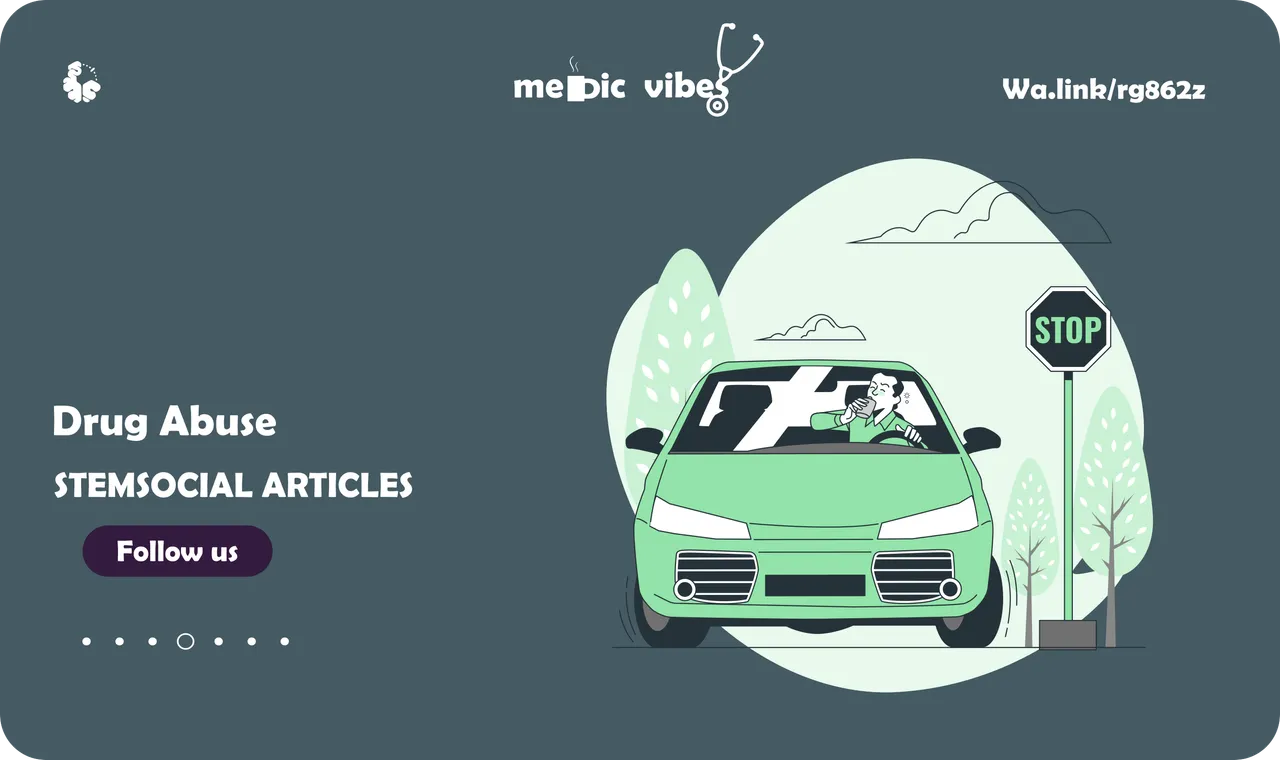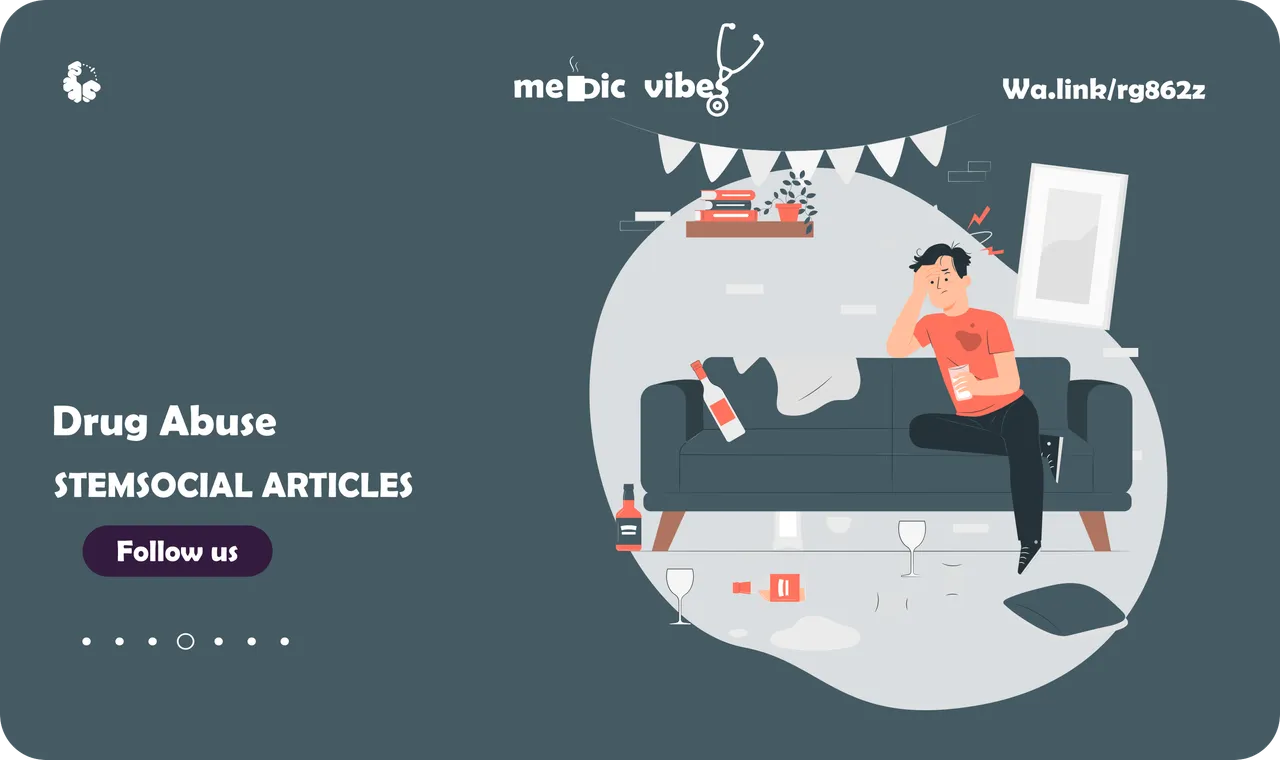In the last post, we saw how:
- Literature review of drug abuse in Nigeria, using PubMed, Google Scholar, and UNODC.
- Addiction is a complex disease involving neurochemical, psychological, social, and historical factors.
Welcome to Medic Vibes, where we discuss mental health disorders and make sense of them. Dr Ebingo Kigigha is a medical doctor (aspiring psychiatrist) and creative person (illustration and music). This has been our routine for four consecutive months. This month will be dedicated to substance abuse. In the first month, we discussed Depression, and in the subsequent month, anxiety. We just finished with Conduct disorders.
In this post, we are looking at A Nigerian Study on Substance Abuse. To learn more just keep scrolling down. You can also skip to the key point of the post if you which or go to the conclusion to get the summary.

There is enough data from twin, adoption and sibling studies that show that alcohol abuse has a strong biological component to it. Many studies have not reached any conclusion that shows that other drugs are abused or that people become dependent on a genetic pattern to them.
In recent events, researchers have used new technology to study abuse and dependents on substances to find the associated genetic predisposition that affects dopamine pathways.
All substances with the special exception of alcohol have been found to have particular receptors and relationships with neurotransmitters.
Opioids act on meu receptors to cause their action and those who have a little opiate function or too much may potentially have opiate dependence. The same may be the case for those who have normal neurotransmitter/receptor capacity.
The way this happens is by receptor modulation so that when the exogenous drug is not available the neurotransmitters are no longer adequate to achieve normal function. This is the mechanism through which tolerance for the drug develops.
Scientists have had difficulty accounting for this but recent hypotheses have narrowed it down to second messenger and gene expression.

Substance Abuse in Nigeria(Results 1)

Image by storyset on Freepik
After their first search on PubMed and Google Scholar, they were able to find 53 publications and 200 organized data collections. A study found an explanation from a professional. They also screened for duplicates of some studies. After the screening, over 140 articles were taken out of the study.
The study included 30 studies that were used in the meta-analysis. Nine of these studies were demographic studies that were done in high schools, five were among drug abusers, four were done among university students, three were done in communities, and two were done among transport workers.
The study included 23 demographic studies in total and only seven of them had information about the existing number of drug abusers. In some of the demographic studies done in high schools, the prevalence was found to be as high as 20 to 40%, which was significantly higher than the prevalence seen in the general public (14.4%). Among the young people in the community, it was found to be as high as 20.9%, and among transport workers, it was 81.1%.
The drugs that were mostly implicated were cannabis, codeine, amphetamine, heroin, cocaine, diazepam, and cough syrups.
The drugs that were abused in earlier times (the 80s) were caffeine 50mg, methadone, and diphenhydramine. The reason why these drugs are declining or are no longer abused is related to the lack of availability in the country.
According to the reports, cannabis is the most commonly abused drug in different groups of people. Among the general population, cannabis use was found to be around 10.8%, and with the younger populations, it was found to be around 22.7% (below the age of 25 years).
For high school students, it was found to be between 0.6 and 34% while university students had a prevalence between 8 to 11%.
The rate of cocaine abuse was somewhere between 1.6 to 4.8% in the high school population and 0.6 to 10% among university students and 0.1% to 0.6 in the general public. This is thought to be related to the availability of cocaine due to drug trafficking in the light of laws against it.
The third most common drug that has been reported to be used was codeine. In the whole population, 2.4% was noted to abuse this drug, and 22.7% of young people in the country were noted to participate in its abuse. University students had a 3 to 8% rate of abuse of this drug while high schoolers were made up of 5.3 to 28% codeine abusers. The reason why this drug was so heavily abused was attributed to the ease of purchase.
It was also very important to know where these drugs were being gotten from, as this formed part of this study. If this is known, it would be easier to direct effort towards these sources if there would be any hope to put an end to this menace.
There were five pathways that were identified as common sources: pharmacies, markets, side vendors, herbal vendors, drug dealer/abusers, hidden sources, family and friends.
The study also looked into the reasons why people abuse drugs. Knowing why they do so was an important detail in offering solutions. There were 11 studies that highlighted the reasons why people indulged in drug abuse. The number one reason was to optimize performance. Others were for pleasure, to rest, curiosity, boredom, frustrations, and accessibility.
One of the main ways people get roped into drug abuse is through curiosity. The search for the unknown lured people into the life of drug abuse and misuse.
When the first experience is associated with happiness, it incentivizes the user to continue to abuse the drug. With half of the nation living beneath the global poverty standard, joblessness is rising and the socioeconomic status of many is poor. One can see how a significant number of people can be lured into drug abuse.

Treatment
Some individuals who struggle with substance abuse are able to recover without formal treatment, particularly as they get older. For those with less severe addiction issues, shorter interventions can be just as effective as longer treatments.
The change in behavior is likely due to a change in the individual's motivation, rather than changes to the environment or brain chemistry. For those who do not respond well to brief interventions or have more severe addiction, various treatments such as individual therapy, family therapy, group therapy, relapse prevention, and pharmacotherapy have been shown to be effective.
Treatment programs often use a combination of different techniques and involve multiple professionals and individuals with personal experience in dealing with substance abuse. The most effective programs are tailored to the individual patient's needs after a thorough assessment.
It is important to note that there is currently no standardized classification system in place for the various procedures and programs used in substance abuse treatment. This lack of consistency can make it difficult to understand and compare different treatment options, even when focusing on a specific substance such as alcohol or cocaine.
Despite this, treatment programs are often grouped based on certain characteristics, such as whether they focus on detoxification or long-term behavioral change, the use of pharmacological interventions, and the extent to which they are based on individual therapy, AA principles, or therapeutic community principles. For instance, government agencies have recently categorized publicly funded treatment programs for drug dependence into four main categories: methadone maintenance, outpatient drug-free programs, therapeutic communities, and short-term inpatient programs.
Questions
- What did you learn about Substance abuse?
Conclusion
- Different substance abuse treatments vary in effectiveness and are not standardized.
- Drug abuse study finds high prevalence in high school and university students, mostly due to curiosity and ease of access
- Genetics and neurotransmitters play important role in substance abuse and dependence, recent studies use new technology to understand mechanisms.

References
Page demarcations made with Inkscape.org

